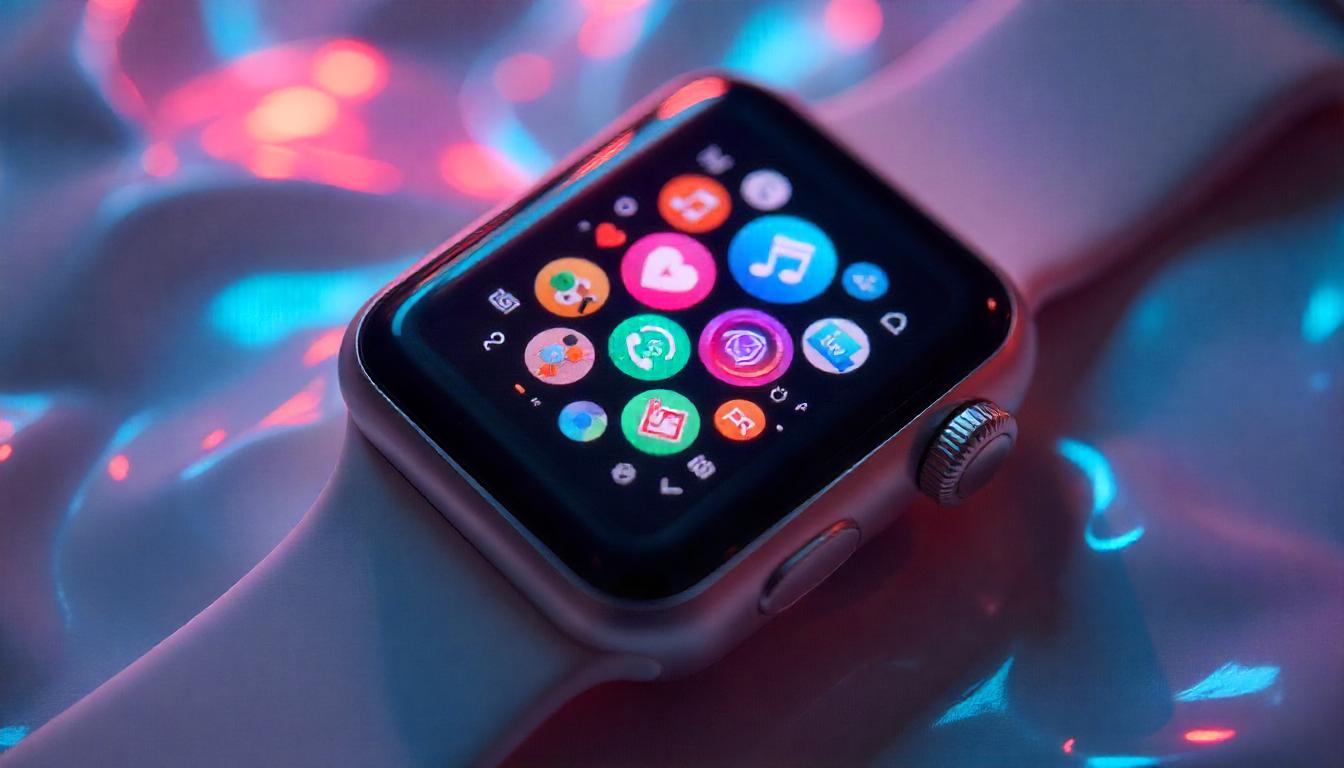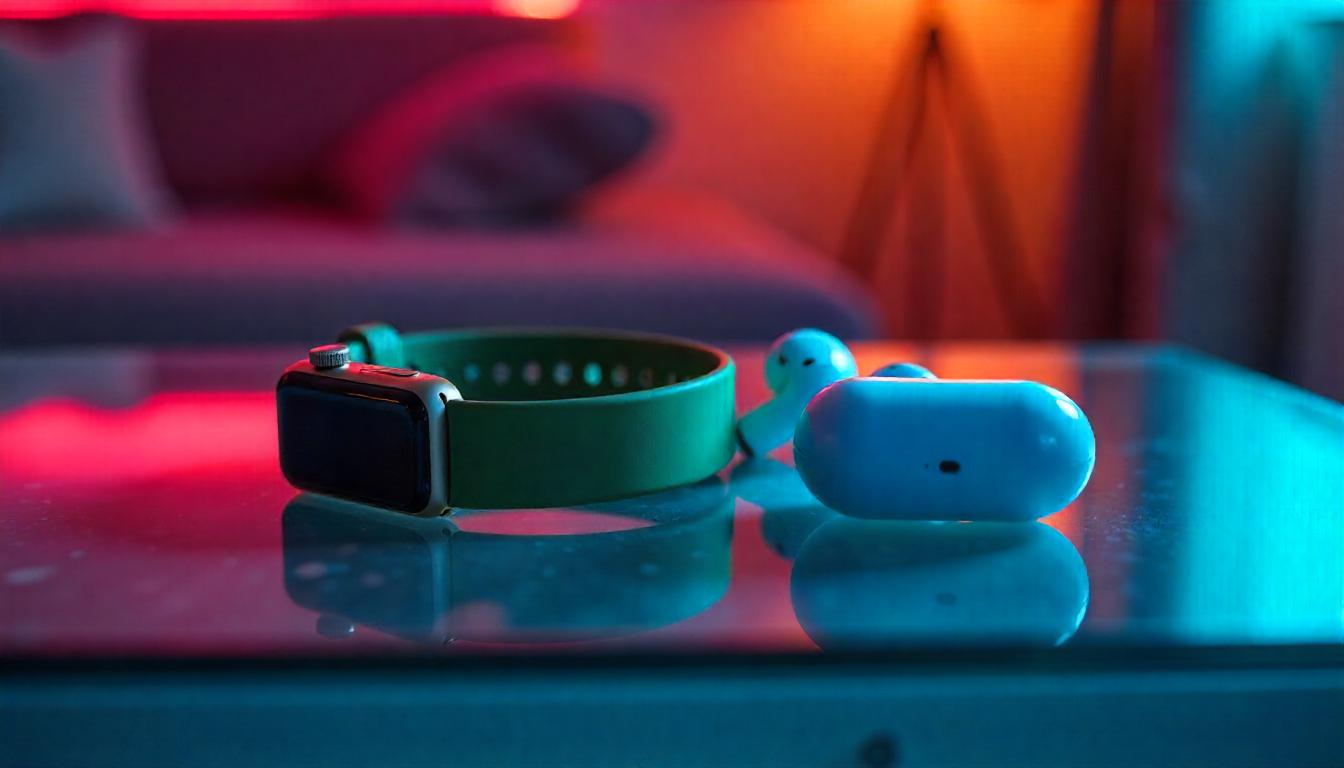Affiliate Disclosure
Please note that Techalf participates in affiliate marketing programs, which means we may earn commissions from products or services purchased through links on our site.
Smartwatches have come a long way from being just a trendy accessory. They evolved into powerful health-monitoring gadgets that could give users real-time insight into their well-being, be it for the fitness enthusiasts, those managing a chronic condition, or simply the curious looking at their health metrics; today’s smartwatches pack many features beyond the telling of time.
But how does this tiny device keep track of your health? And just how accurate is it? Let’s get into the real nitty-gritty of the smartwatch health tracking genre and find out how these wrist-bound gadgets are changing the way we approach our health.
The Core of Health Tracking Technology
At the heart of smartwatch health tracking is a combination of sensors, algorithms, and software that all come together to collect and then interpret data about your body.
The most common sensor is the optical heart rate sensor, found in almost all smartwatches. These sensors work with green LEDs and photodiodes to detect blood flow beneath the skin in order to measure your heart rate. This technology, called photoplethysmography, or PPG for short, is non-invasive and surprisingly accurate for everyday use.
More advanced smartwatches, such as the Apple Watch Series 9 or the Samsung Galaxy Watch 6, have more sensors, including:
Electrocardiogram (ECG): This feature can monitor the electrical activity in your heart and can detect abnormalities, including atrial fibrillation (AFib).
Blood Oxygen Sensors (SpO2): These measure your blood oxygen saturation levels, providing insights into your respiratory health and fitness recovery.
Skin Temperature Sensors: These can identify slight changes in body temperature that could be indicative of stress, illness, or even hormonal changes.
Accelerometers and Gyroscopes: Used in everything from measuring your activity level to counting your steps and performing detailed motion analysis.
These sensors then send the collected data to be crunched by sophisticated algorithms that give you actionable intelligence. Coupled with its companion apps on your smartphone, you have this detailed dashboard of your health metrics right at your fingertips.
Heart Health: More Than Just Beats Per Minute
One of the most-used features of smartwatches is heart rate monitoring. Most devices will track your heart rate continuously, providing information not only during exercise but throughout the day. That can show trends in your resting heart rate—a key metric for overall cardiovascular health.
Some of them, such as the Fitbit Sense 2 and Garmin Venu 2 Plus, even include data from heart rate variability. HRV is the measure of time variability between beats; thus, it becomes one crucial marker for levels of stress, recovery, and general wellness. Decreasing HRV may represent signs of stress or fatigue, whereas increased HRV shows a better state of recovery and resilience.
ECG functionality takes heart health tracking to a whole new level. Place your finger on the crown of the watch or the sensor for 30 seconds, and you can generate a single-lead ECG that can help detect irregular rhythms. Not a replacement for clinical-grade devices, this has proved to be a life-saver for some users by prompting early medical intervention.
Sleep Tracking: A Deep Dive Into Rest
Sleep tracking has become a staple feature in most smartwatches, but the depth and accuracy of this feature can vary widely. At its core, sleep tracking uses motion sensors and heart rate data to determine when you’re asleep and how restful that sleep is.
High-end devices like the Oura Ring or Fitbit smartwatches go even further, breaking down your sleep stages into light, deep, and REM (rapid eye movement). They will also show metrics such as the duration of your sleep, latency (time taken to fall asleep), and disturbances throughout the night.
Some smartwatches even include SpO2 data to help detect signs of sleep apnea—a potentially serious condition where breathing stops and starts repeatedly during sleep. For instance, the Withings ScanWatch uses the data to warn its wearer about abnormal breathing patterns that could indicate underlying health conditions.
It is quite informative, though it does have its shortcomings. Some of the variables that might hurt its accuracy are things like tight wristbands or irregular sleep patterns, among others. The information provided is very crucial for lots of users and does help in improving overall sleeping habits.
Fitness Tracking: Your Personal Trainer on the Wrist
Fitness tracking continues to be one of the largest attractions for smartwatch users. From casual walkers to marathon runners, today’s devices have something to offer everyone.
GPS tracking changes the game for outdoor activities like running, cycling, and hiking. In that vein, smartwatches like the Garmin Forerunner 965 provide very precise route mapping and more metrics: cadence, stride length, and even elevation gain.
But the ones made for gym enthusiasts have even got automatic exercise detection, rep counting, and even guided plans. For swimmers, the water-resistant models track laps, strokes, and even swimming efficiency.
Another highlight is the VO2 max integration, a metric that represents the maximum oxygen consumption by your body. This metric is very important in understanding your fitness level and setting performance goals. Garmin and Polar do this best with their advanced data for athletes.
Stress Management and Mental Health
Stress tracking is one of the more recent additions to smartwatch health features. Using a combination of HRV, skin temperature, and sometimes respiratory rate, devices can estimate your stress levels and offer suggestions on how to manage them. Take, for instance, the Fitbit Sense series, which uses an Electrodermal Activity sensor to track small changes in sweat gland activity that correlate with stress levels. Combine this with guided breathing exercises or mindfulness sessions, and you get a wearable stress-management tool.
While these features are useful, it’s important to remember they are no replacement for professional mental health care. But they do give one a nudge to check in with oneself and allow for some unwinding when needed.
Reliability and Limitations
While smartwatch health tracking has come a long way, it’s not without limitations. The data provided is generally accurate for personal use but is not meant to replace medically approved equipment.
As for the heart rate sensors, it could be thrown off by things like wrist movement, skin tone, and even tattoos. Sleep tracking may be less accurate for people who move around a lot while sleeping or share a bed with a partner. Blood oxygen readings can vary depending on how tight the watch is worn.
It is also important to note that although these devices are useful in data provision, they are not diagnostic tools. Any concerning results should always be discussed with a healthcare provider.
The Future of Health Tracking
With the advance of technology, health tracking will only get better with smartwatches. On the horizon are innovations such as non-invasive glucose monitoring for diabetics, blood pressure measurement, and even hydration tracking. AI algorithms will further enhance the accuracy and predictive capabilities of health data. With wearables increasingly being integrated into healthcare systems, we can probably expect smartwatches that will be able to share, with your doctor, some of your health data in due course, creating a smooth connection between personal health monitoring and professional medical care.
Conclusion
Smartwatch health tracking is the confluence of convenience and technology that empowers users to take charge of their well-being in ways never thought possible. From heart health and sleep tracking to fitness and stress management, these devices offer holistic suites of tools to track and better your health. While they are no replacement for professional medical care, the smartwatches are indeed changing how we approach personal health. They bring insights, nurture accountability, and help users make better-informed choices about their lifestyle and behaviors. With their continuous evolution, these devices can only shine brighter in their role in health management. So, whether you’re an athlete aiming for peak performance or simply someone looking to sleep better and stress less, there’s never been a better time to strap on a smartwatch and start tracking.
















